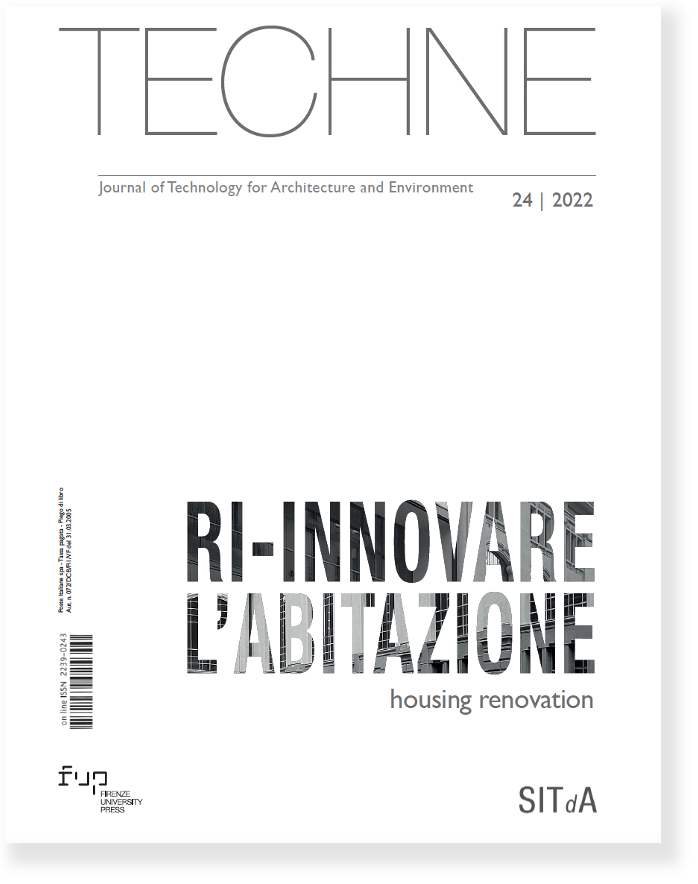Published 2022-07-26
Keywords
- -
How to Cite
Abstract
This article covers the development of an innovative local model for housing, neighbourhood
design and urban redevelopment that can be described as the Toronto model for development. In
reaction to the modernist "superblock" urban model in the 1970's Toronto developed a
preservationist inspired model for urban redevelopment that was centred on complete mixed-use
mixed-tenure neighbourhoods with green squares, streets, low-rise, mid-rise and high-rise
development based on a vibrant public realm. The artcile covers the seminal work by Diamond
Myers on the Dundas Sherbourne and Beverley Place housing projects, then follows to the
landmark Crombie Park housing development of the 70's and 80's, discusses the Harbourfront
Centre development of the 80's and 90's and then focuses on the Regent Park redevelopment at
the start of the 20 th century. An overview of the next generation of urban redevelopment with
East Bayfront, Quayside and Villier's Island provides an overview of the how the model will evolve
to meet the challenges of creating climate positive communities for the next 30 years. Fifty years
on, these projects reflect how the tradition continues to grow and improve incorporating new
explicit goals for resilience and sustainability implicit in the original model as the city redevelops
its waterfront.






